Professional/ Interprofessional Issues
Cognitive and Behavioral Factors Associated with Burnout Among Evidence-Based Clinicians During COVID-19
(PS13-B46) Cognitive and Behavioral Factors Associated with Burnout Among Evidence-based Clinicians During COVID-19
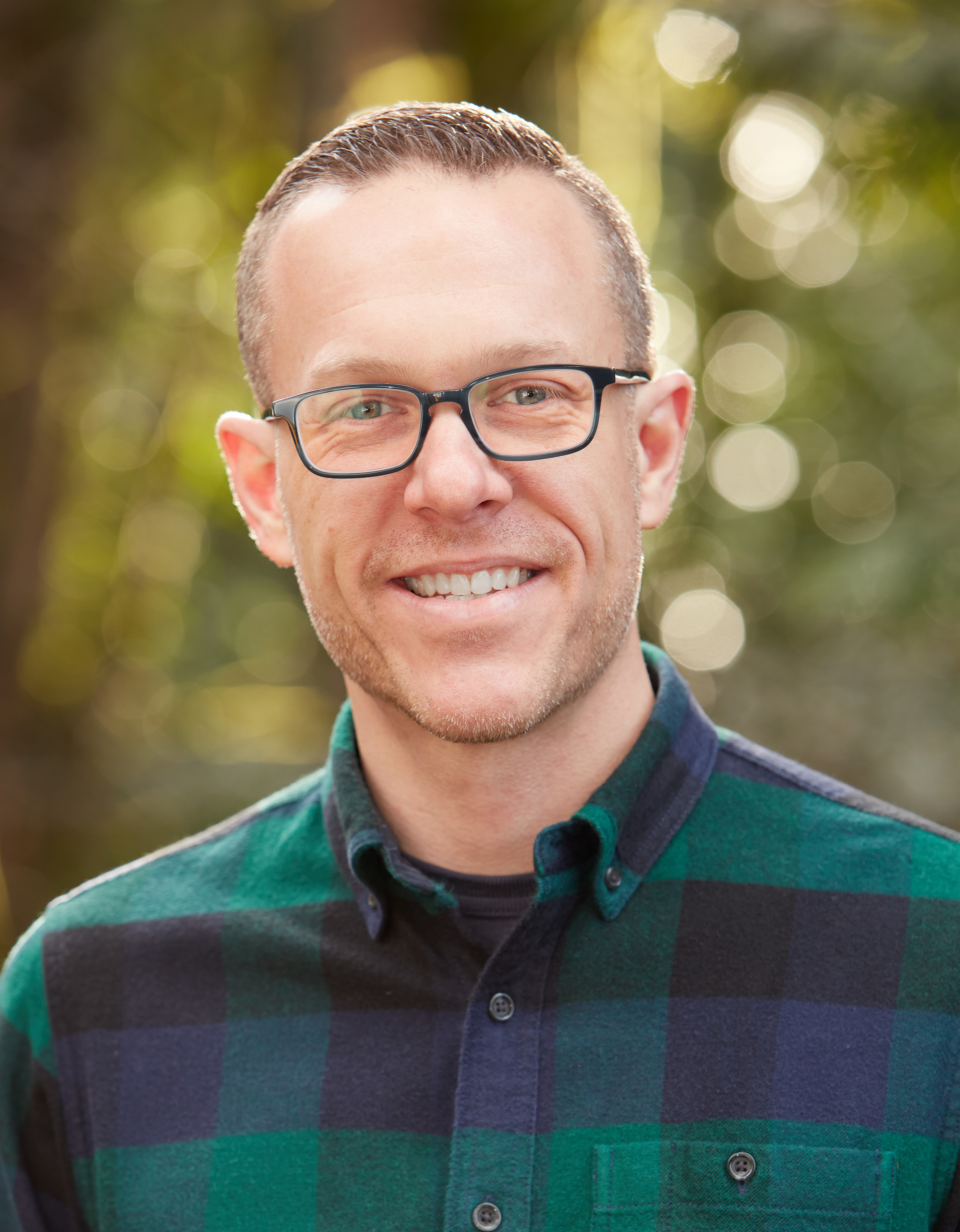
Travis L. Osborne, ABPP, Ph.D.
Clinical Director, EBTCS; Director of The Anxiety Center at EBTCS
Evidence Based Treatment Centers of Seattle
Seattle, Washington
Chrissna Hem, B.S.
Client Services Coordinator
Evidence Based Treatment Centers of Seattle
Tacoma, Washington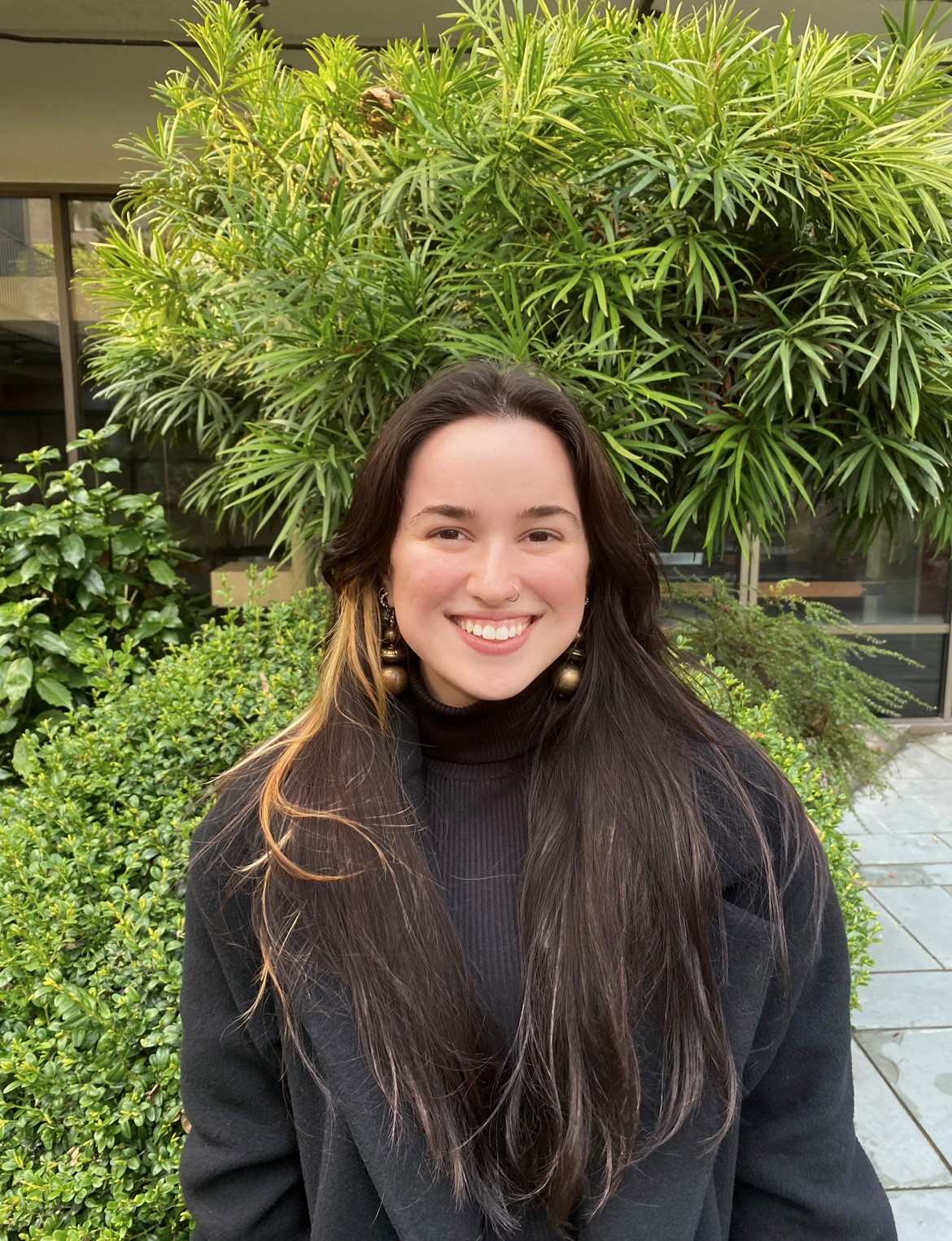
Amanda Henkel, B.A.
Client Services Coordinator
Evidence Based Treatment Centers of Seattle
Seattle, Washington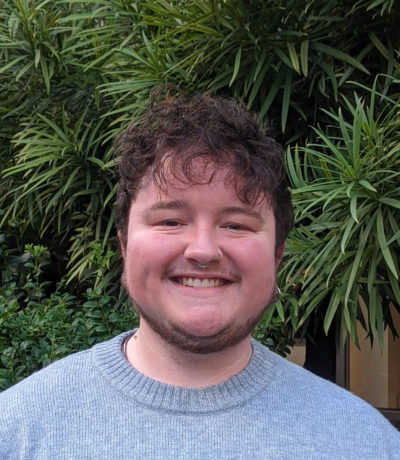
Hunter Baril, B.S.
Client Services Coordinator
Evidence Based Treatment Centers of Seattle
Seattle, Washington- JH
Jessica A. Harper, Ph.D.
Staff Psychologist
Evidence Based Treatment Centers of Seattle
Seattle, Washington 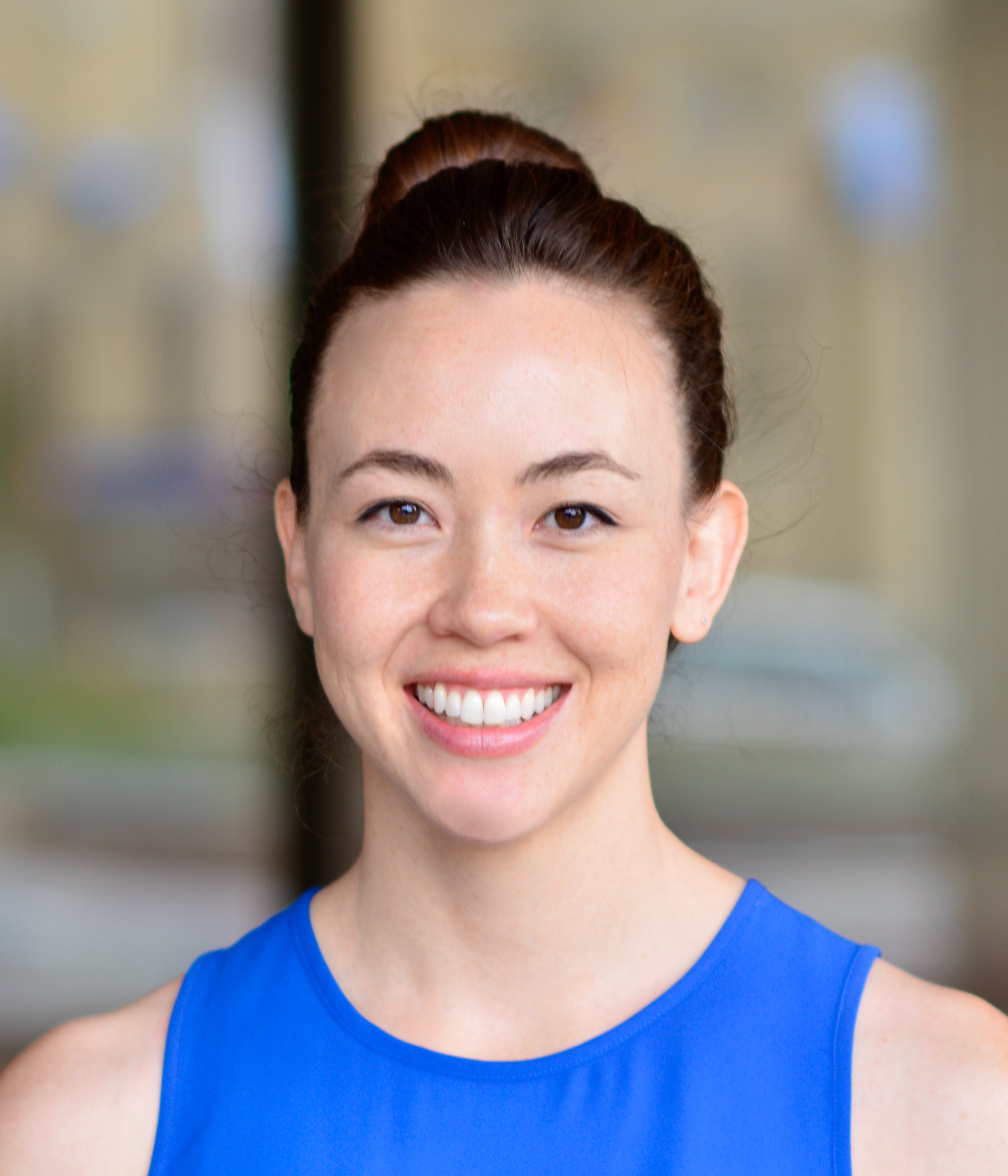
Tina H. Schweizer, Ph.D.
Postdoctoral Clinical Fellow
Evidence Based Treatment Centers of Seattle
Seattle, Washington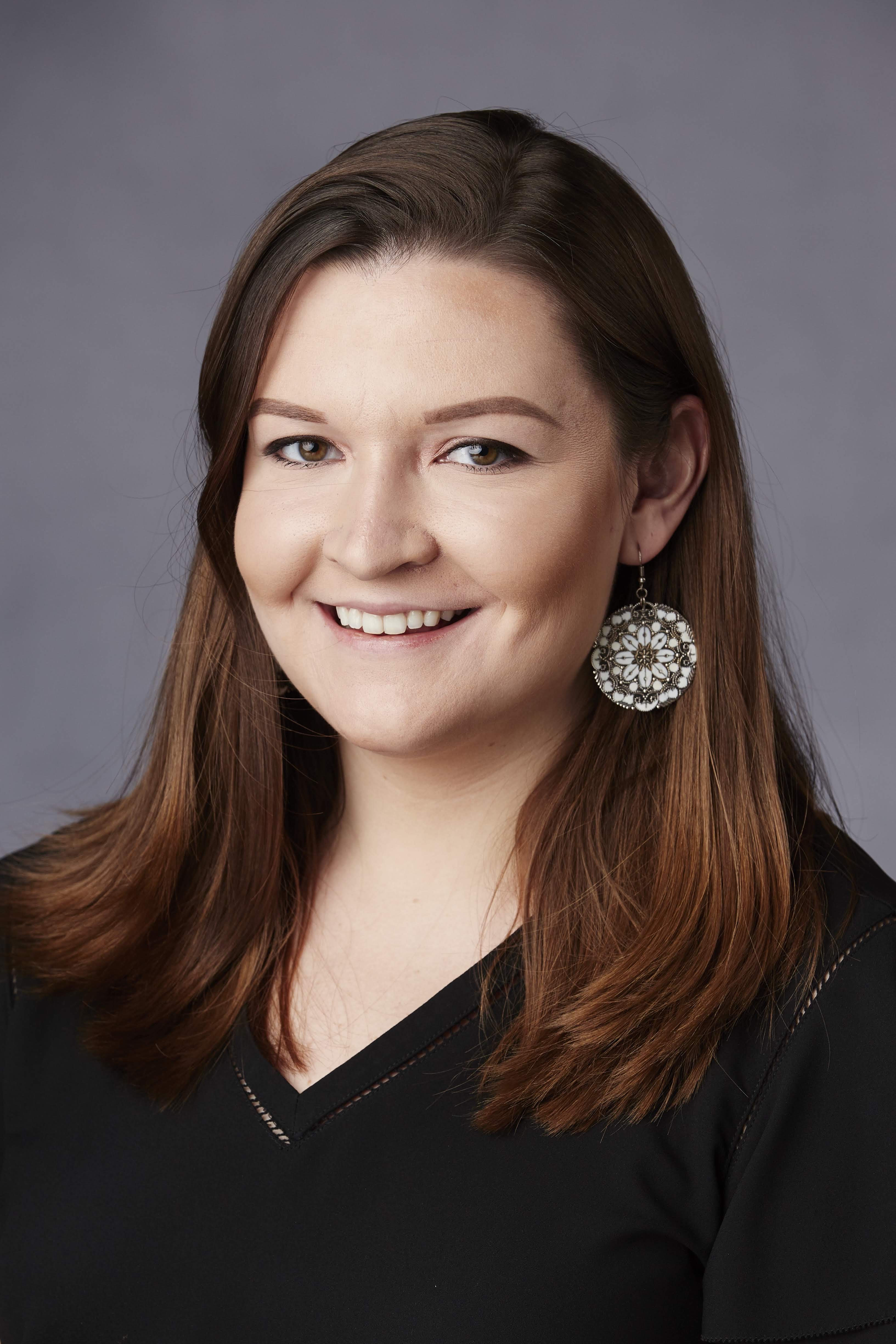
Megan M. Shope, Ph.D.
Postdoctoral Fellow
Evidence Based Treatment Centers of Seattle
Seattle, Washington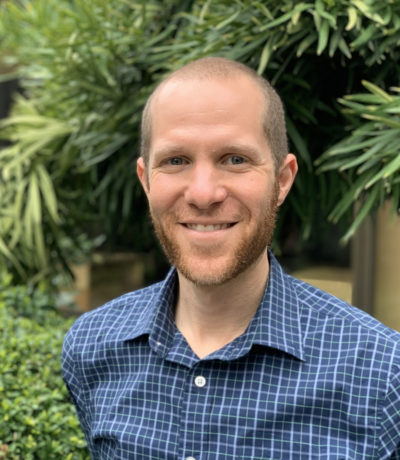
Ariel L. Ravid, Ph.D.
Psychologist
Evidence Based Treatment Centers of Salt Lake City
Holladay, Utah
Author(s)
Co-Author(s)
Clinician burnout negatively impacts personal well-being and patient care. The APA (2022) recently reported high levels of burnout and decreased ability to meet patient demands among psychologists following the onset of COVID-19. Research conducted during the pandemic also found that clinician burnout is related to cognitive and behavioral factors, including self-compassion, work-life balance, and telepressure (Kotera et al., 2021), as well as cognitive emotion regulation skills (Sandhu & Singh, 2021). This study extends prior research by examining associations between burnout and multiple cognitive and behavioral variables among evidence-based clinicians.
Survey invitations were posted to listservs/message boards for national psychological professional associations (ABCT, ISITDBT, ADAA, IOCDF) and were sent to 120 evidence-based clinics across the US. Measures were collected via SurveyMonkey between November 2022 and March 2023 and included: demographic data, Maslach Burnout Inventory (MBI; Maslach & Jackson, 1981), Cognitive Emotion Regulation Questionnaire - Short Form (CERQ-SF; Garnefski et al., 2001), Acceptance and Action Questionnaire II (AAQ-II; Bond et al., 2010), Self-Compassion Scale-Short Form (SCS-SF; Raes et al., 2011), Work-Life Climate Scale (WLCS; Schwartz et al., 2019), and questions about workplace telepressure (Barber & Santuzzi, 2014).
One hundred and forty-four clinicians (doctoral level n = 81; master's level n = 62) participated. Participants identified mostly as female (n = 120; 83.3%) and White (n = 121; 84%). Average age was 41.1 (SD = 9.96) with an average of 9.8 years (SD = 8.07) of post-licensure experience. Burnout levels were above published norms for mental health professionals on MBI-Emotional Exhaustion (MBI-EE; M = 25.81; SD = 11.71) and in line with norms on MBI-Depersonalization (MBI-D; M = 5.70; SD = 4.72) (Maslach et al., 2018).
As expected, lower self-compassion (SCS-SF; r = -.47, p < .001), lower psychological flexibility (AAQ-2; r = .54, p < .001), less work-life balance behaviors (WLCS; r = -.53, p < .001), and increased telepressure (r = .28, p = .001) were all significantly related to higher MBI-EE. Findings were similar for MBI-D and MBI-Personal Accomplishment (MBI-PA) in expected directions. While most maladaptive cognitive emotion regulation (CERQ-SF) strategies were significantly related to MBI-EE (Self-Blame r = .31, p < .001; Rumination r = .30, p < .001; Catastrophizing r = .29, p = .001), adaptive strategies were not (all r’s ≤ -.13, all p’s ≥ .12). However, Refocus on Planning (r = .30, p < .001) and Positive Reappraisal (r = .28, p = .001) were related to higher MBI-PA.
Study findings replicate and extend prior work on cognitive and behavioral factors related to therapist burnout. Notably, while maladaptive emotion regulation skills were significantly related to higher emotional exhaustion, adaptive strategies related to higher personal accomplishment. This may inform efforts to reduce clinician burnout, improve well-being, and optimize quality of care. Additional findings related to work setting, change in telehealth hours pre- and post- COVID onset, and demographic variables and their relation to burnout will also be presented.

